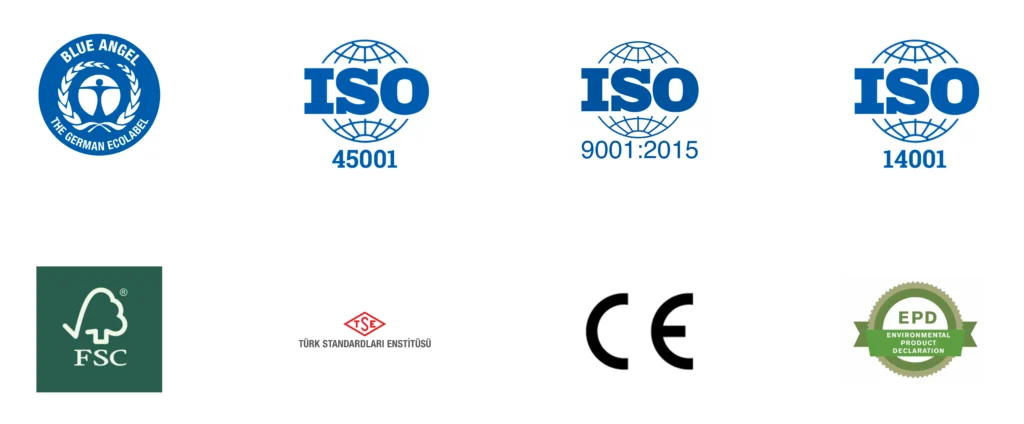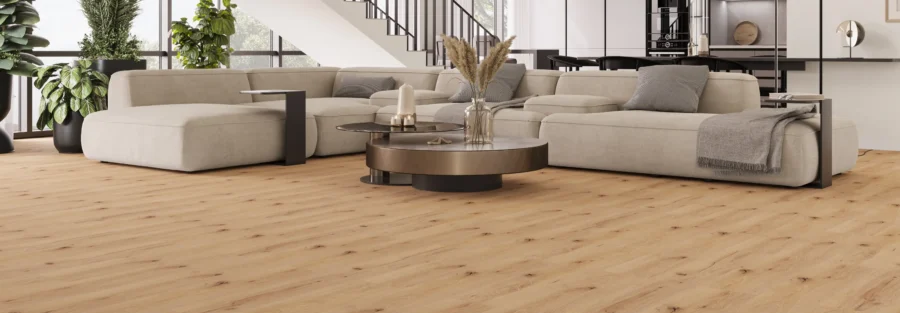Laminate Flooring: An Aesthetic, Healthy and Long-lasting Flooring Solution
The design of our living spaces is not only aesthetic, but also functional and important from a health and safety perspective. In this context, choosing the right flooring becomes one of the key factors for the comfort of homes and workplaces. Laminate flooring has become one of the most popular floor coverings in recent years, meeting these needs. With its aesthetic appearance, functional features, environmental friendliness and affordable price, laminate flooring offers an ideal solution for both private and commercial use.
What is Laminate Parquet and What Are Its Advantages?
Laminate parquet is mainly made of compressed wood fibers and covered with a decorative layer. This layer gives the spaces an aesthetic appearance by giving them a natural wood look. Laminate parquets are available in various colors and patterns and can be adapted to any decoration style.
Ease of Use
It can be laid quickly and easily without gluing with the “Click” system. It can be removed and reused if necessary.
Health and Hypoallergenic Surface
Suitable for families with children and allergy sufferers thanks to its antibacterial and hypoallergenic properties.
Water Resistance (Selected Models)
Some laminate parquet models made with modern technology offer water resistance for up to 24–72 hours. This is suitable for humid areas such as kitchens and hallways.
Underfloor Heating Compatibility
Some laminate models are compatible with underfloor heating systems. These models transmit heat effectively and are resistant to expansion.
Easy Cleaning
Thanks to the antistatic and stain-resistant surface, daily cleaning is easy with a damp cloth. No chemicals are
needed.
What to Consider When Choosing Laminate Flooring?
Choosing the right floor covering is very important for the aesthetic and functional appearance of your living space. Although laminate flooring stands out with its wide range of models, durability and easy maintenance, there are some key points to consider for the right choice.
Wear Class (AC Value)
The wear class should be selected according to the area where the laminate flooring will be used. For example, AC3 is ideal for home use, while AC4 and AC5 are better suited for office and commercial areas with heavy traffic.
AC3 (suitable for home use – normal use areas, such as living rooms, hallways)
AC4 (for offices and shops – medium-intensity commercial areas)
AC5 (for public spaces – high tolerance, shopping malls, schools, etc.)
Water Resistance
Water-resistant parquet models should be selected for areas exposed to moisture such as kitchens and hallways.
Color and Design Compatibility
The color and texture of the parquet should match the light level and furniture style of your room. Light tones make the space appear spacious, while dark tones add depth and elegance.
Health and Antibacterial Properties
Low formaldehyde emission (E1 or E0) (formaldehyde emission: E1/E0 – low level, harmless gas emission) parquets are a healthier choice. Antibacterial and hypoallergenic surfaces are important for those at risk of allergies.
Underfloor Heating Compatibility
If there is an underfloor heating system, it should be checked whether the laminate parquet is compatible with this system.
Installation System
Models that are easily connected with the “Click” lock system are cost-effective in terms of both time and labor. Systems that do not require gluing are as practical as floating floors.
Warranty Period
The warranty period of the product is an indicator of its quality. Models with a longer warranty are more durable and create confidence in the quality of production.
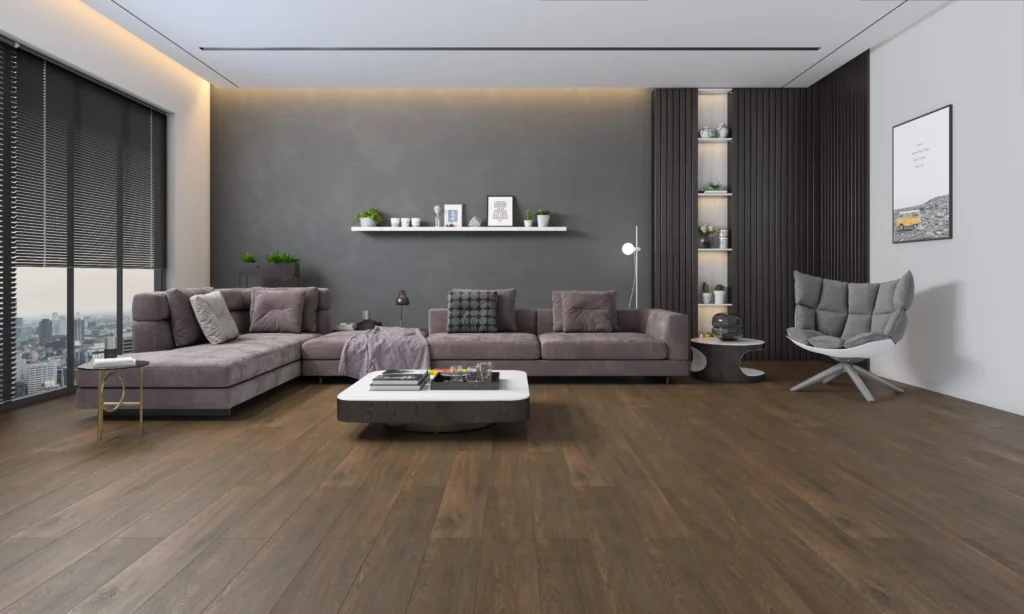
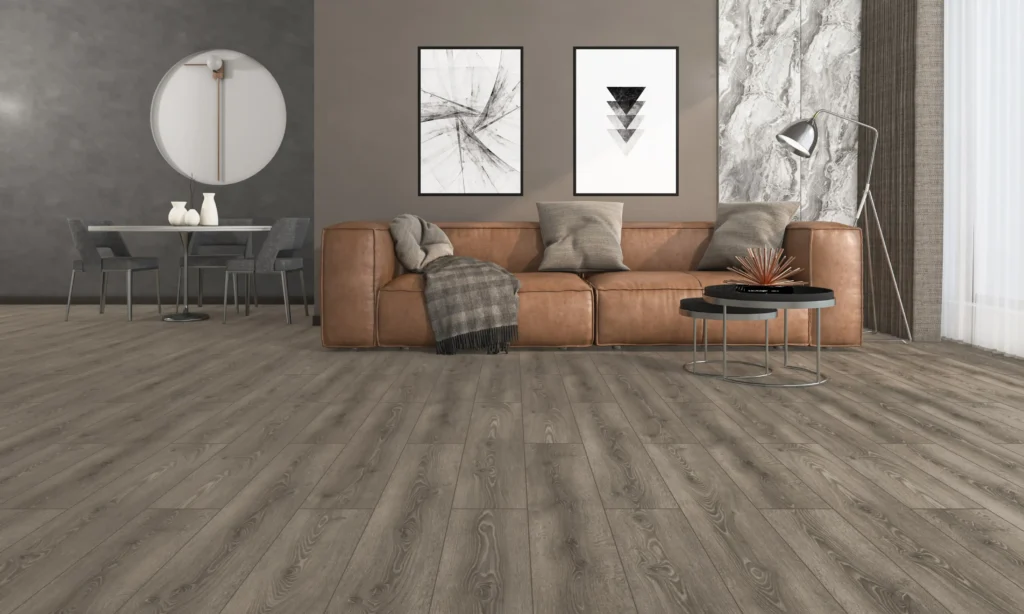
Using Laminate Parquet in Underfloor Heating Systems
The choice of flooring is very important in homes with underfloor heating systems, because thermal conductivity and structural compatibility are essential for the proper functioning of this system. Laminate parquets, thanks to technological developments, have already been made compatible with this type of heating systems. However, there are a number of important points to pay attention to here:
Thermal Conductivity and Temperature Limit:
The floor temperature in the area where laminate parquets will be laid should be a maximum of 27–28°C. If this value is exceeded, the risk of parquet deformation increases.
Floor Underlay Selection:
In water-based systems, attention should be paid to the choice of underlay (mattress) for more effective heat transfer. Special materials such as kraft paper are recommended instead of standard mats.
Flooring Rules:
Laminate parquets should be laid with a floating system, i.e. without gluing. This allows for expansion caused by temperature changes.
Heating System Type:
Water-based systems are suitable for laminate parquets. However, electric systems can be dangerous because they can distribute heat unevenly and reach high temperatures quickly. In such cases, the manufacturer’s technical specifications and warranty conditions should be read carefully.
Choosing the Right Laminate:
Laminate flooring suitable for underfloor heating is specially produced. These models have high heat resistance, stable dimensional stability and the ability to not change shape when exposed to heat.
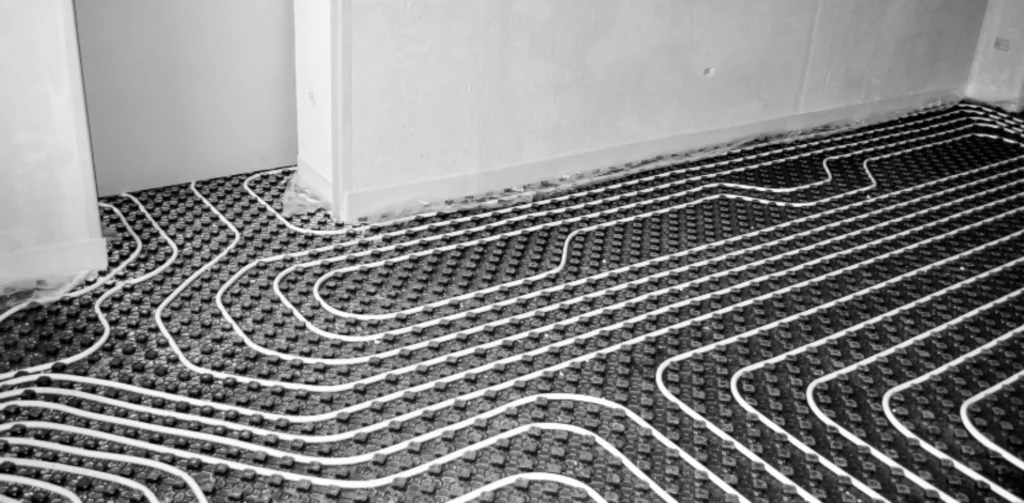
Is Laminate Flooring Waterproof?
Laminate flooring has been widely used in homes and offices in recent years due to its aesthetic appearance and affordable price. Simple installation and easy cleaning make these products even more attractive. However, there are some limitations regarding the contact of these floorings with water.
Traditional laminate floorings are not completely waterproof. Problems such as swelling, deformation and discoloration may occur when water is spilled on them and not cleaned in time. This is because the fibrous materials in the inner layer of the floorings are sensitive to moisture. Water leaking from interlocking systems, in particular, affects the inner layers and distorts the shape of the material.
To overcome this problem, more water-resistant laminate floorings are produced using modern technologies. These types of floorings have special protective layers and tight locking systems. Some models can be water-resistant for up to 24, 48 and even 72 hours. This provides a convenient solution for kitchens, hallways and other relatively humid areas.
Waterproof laminate flooring mimics the natural wood texture, adding warmth and a modern touch to the space. On the other hand, this type of flooring is also more resistant to scratches and is suitable for families with an active lifestyle.
Maintenance is simple: regular sweeping and wiping with a damp cloth are sufficient. However, water should not be allowed to remain on the flooring for a long time, and steam cleaners should not be used. Proper installation of waterproof models and following the instructions for use significantly extend their life.
Frequently Asked Questions About Laminate Parquet
1. Is laminate parquet waterproof?
Laminate parquet is not completely waterproof, but there are waterproof models. These parquets provide short-term protection against daily water splashes. Water remaining on the parquet for a long time can cause swelling and surface damage. For this reason, water should be wiped off quickly.
2. Where is laminate parquet used?
It is an ideal choice for living rooms, bedrooms, children’s rooms and hallways. Thanks to waterproof models, it can also be used in some kitchens and commercial areas. Models with wear classes such as AC4 and AC5 are recommended for places where high resistance is required.
3. How should laminate parquet be cleaned?
Simply wiping with a slightly damp microfiber cloth is sufficient. Do not use strong chemicals, steam cleaners or too much water. The surface of the parquet must be kept dry during cleaning.
4. Is laminate parquet compatible with underfloor heating systems?
Yes, there are laminate parquet models that are compatible with water-based underfloor heating systems. The surface temperature should not exceed 28°C. Models that are not suitable for electric heating systems can cause damage, so it is important to look at the technical specifications before using them.
5. How should laminate parquet be laid?
The floor before laying must be dry, flat and clean. Laminate parquets are laid floatingly with a “click” locking system, without gluing. Parquets should be kept in the room for 48 hours before laying and a minimum gap of 15 mm should be left from the walls during laying. A mattress should be placed underneath for sound and moisture insulation.
6. Is laminate parquet safe from a health and environmental point of view?
Quality laminate parquets have a low level of formaldehyde emission (E1 or E0 class). Hypoallergenic, antibacterial and child and pet-friendly models are also available. In addition, many parquet models are made from raw materials obtained from sustainable forest resources and are presented in recyclable packaging.
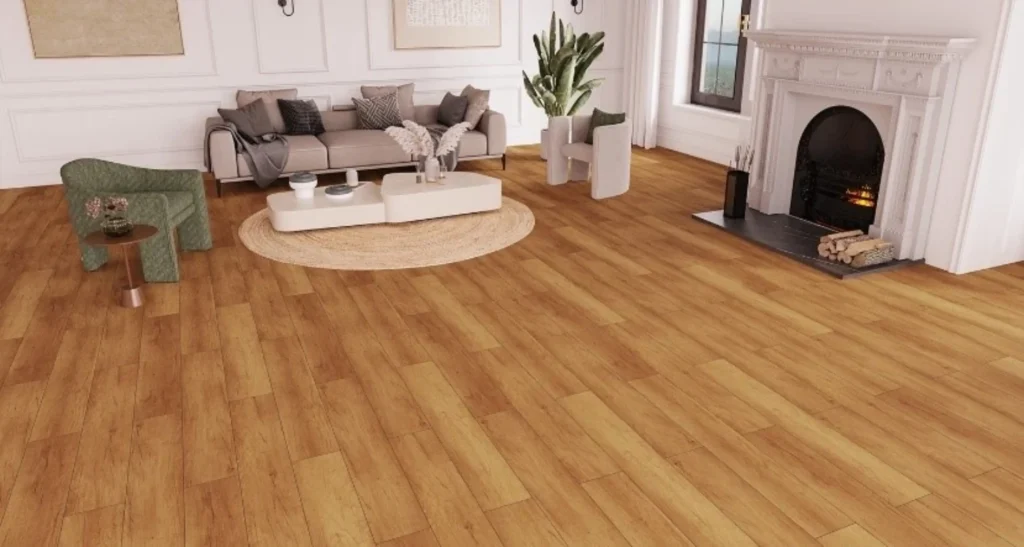
Quality Laminate Flooring Selection with Scalis
Scalis by Dincher and Carchioglu is a reliable company operating in the wholesale and retail sector in Azerbaijan. We offer our customers high-quality products in the import and sale of laminate flooring and other flooring materials. Scalis is the official distributor of Kastamonu Entegre and Çamsan Entegre brands, which are well-known and certified brands in the market.
Our company prioritizes customer satisfaction and offers solutions suitable for different projects with a wide range of products and professional support. Our goal is to raise quality standards in Azerbaijan with modern and sustainable flooring solutions.
Çamsan Entegre is one of Turkey’s leading wood-based panel and laminate flooring manufacturers. The company offers its customers high-quality and environmentally friendly products with its high-tech production processes. Çamsan Entegre products are known as long-lasting and aesthetic flooring solutions for both home and commercial areas.
The company’s main priorities are product quality, environmental safety and sustainability of production. For this reason, Çamsan Entegre confirms the quality of its products with certificates in line with world standards.
Certificates
FSC® (Forest Stewardship Council): Indicates that forest products are sustainably and responsibly sourced.
E1 Formaldehyde Emission: Indicates that the formaldehyde levels of the products are safe for human health.
ISO 9001: International standard for quality management systems.
ISO 14001: Environmental management system certificate.
ISO 45001: Occupational health and safety management system certificate.
CE Certificate: Certificate of conformity to European standards.
TSE EN 13329: Turkish standard for laminate flooring products.
Kastamonu Entegre is one of the leading wood-based panel and laminate parquet manufacturers in Turkey and Europe. The company produces its products with high quality standards and innovative technologies. Kastamonu Entegre products are of high quality both aesthetically and functionally and are suitable for long-term use.
The main goal of the brand is to provide products that meet environmental and health requirements with raw materials obtained from sustainable forestry. For this reason, the company has many international and national certificates.
Certificates
FSC® (Forest Stewardship Council): Confirms sustainable forest management.
EPD (Environmental Product Declaration): Transparent reporting of the environmental impact of the product.
Blue Angel: German ecological certificate for environmentally friendly products.
ISO 9001: Quality management standard.
ISO 14001: Environmental management system.
CE Certificate: Conformity with European standards.
TSE EN 13329: Turkish certificate for laminate flooring standards.
